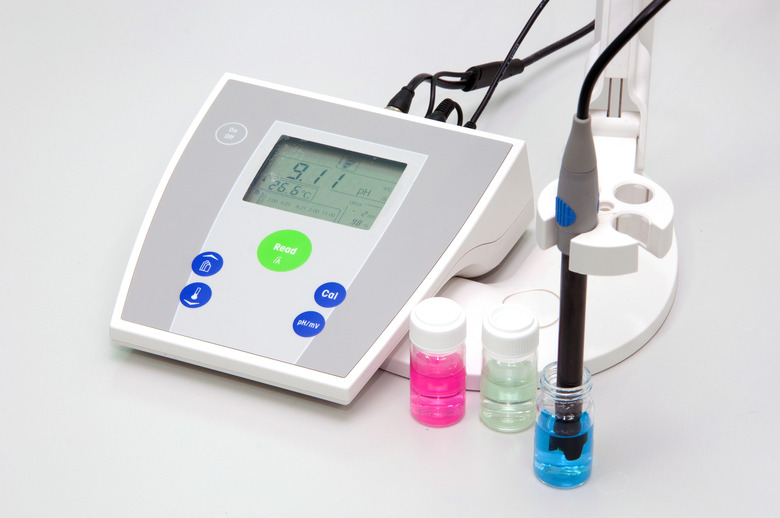Physical Address
Suite 5, 181 High Street,
Willoughby North NSW 2068
Physical Address
Suite 5, 181 High Street,
Willoughby North NSW 2068

Chemists use equivalent units, or equivalents, to express the reactive capacity of a chemical species such as electrons or ions. The number of equivalents is a number that defines how many electrons or ions may be transferred in a chemical reaction.
The reactive capacity of a chemical species, the ions or electrons, depends on what is being transferred in a chemical reaction.
In acid-base reactions, an equivalent is the amount of a substance that will react with one mole of hydrogen ions (H+). In oxidation-reduction reactions, where electrons are either gained or lost in a chemical reaction, it is one mole of electrons. Finding equivalents depends on the chemical species under consideration.
The oxidation state of an element describes the number of electrons transferred in reactions. For example, the oxidation or valence states of the following elements are equal to the number of equivalents:
• Calcium: Ca+2 ion: valence of 2: number or no. ofequivalents: 2• Aluminum: Al+3 ion: valence of 3: no. ofequivalents: 3
For acids an equivalent is the number of hydrogen ions a molecule transfers.
In acids it is straightforward to find equivalent units. Look at the number directly after the hydrogen, H, in the chemical formulas below. The number provides the number of equivalents per mole of that acid:
• Hydrochloric acid: HCL: no. of equivalents: 1• Sulfuric acid: H2SO4:no. of equivalents: 2• Phosphoric acid: H3PO4:no. of equivalents: 3• Nitric acid: HNO3: no. ofequivalents: 1
Or, for bases, it is the number of hydroxide ions (OH-) provided for a reaction, such as:
• Sodium hydroxide: NaOH: no. of equivalents: 1• Barium hydroxide: Ba(OH)2: no. ofequivalents: 2
One equivalent of an acid reacts with one equivalent of a base. For the acid HCl and base NaOH, both with one equivalent, they have the same reactivity.
For H2SO4, with two equivalents, and NaOH, it will take twice the amount of the NaOH to react with the sulfuric acid.
Mixing equal equivalents of acidic and basic solutions will result in a neutral solution.
Working with equivalents is an uncommon measurement in today’s chemistry laboratory. Use of equivalents was more frequent before easily determining chemical formulas. However, it is still used in calculating gram equivalent weight and normality.
The equivalent weight of an acid or base is the formula weight divided by the number of ions, wither H+ or OH- in the formula.
Example: What is the gram equivalent weight of phosphoric acid, H3PO4?
Using the formula: Eq = MW / n
• Eq = equivalent weight• MW = atomic or molecular weight in g/mol,from periodic table• n = no. of equivalents
For H3PO4:
• Eq = unknown• MW = 127 g/mol. Look at a periodic chart and find the theatomic masses of the H, P and O in g/mol:H = 1.01; O = 16.00; P = 30.97, Sum the masses for H3PO4:3 × 1.01 + 30.97 + 4× 16.00.01 = 127 g/mol• n = 3
Eq = 127 / 3 = 42.3 g/eq
Normality is the number of equivalents per liter of solution. The formula is:
Normality (N) = m /V × 1 / Eq
• m = mass of solute in grams• V = total volume of solution in Liters• Eq = equivalent weight
Example: How will a 2N solution of H3PO4 be prepared?
Using the formula, Normality (N) = m /V × 1 / Eq
• N = 2• m = unknown• V = 1 liter• Eq = 42.3 g/eq (from gram equivalent weightcalculation above)
2 N = m /1L × 1 / 42.3 g/eq
Using algebra and remembering that N is in eq/L:
m = 2 eq/L × 1 L × 42.3 g/eq ; therefore m = 84.6 g
To make a 2N solution of H3PO4, 84.6 grams of H3PO4 are dissolved in 1 L.